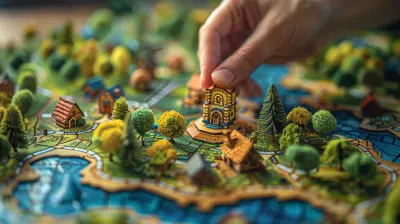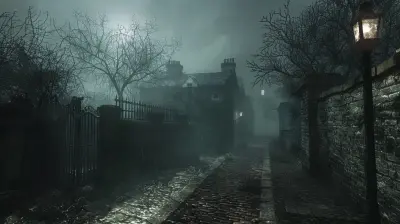The Impact of Ray Tracing on PC Gaming Visuals
15 June 2025
Let’s be real—if you’ve been anywhere near a gaming PC in the last few years, you've probably heard the term ray tracing thrown around like it's the next big thing. But here’s the kicker: it's not just hype. Ray tracing has seriously changed the way games look and feel.
So, what exactly is ray tracing? Why is everyone—including developers, players, and tech reviewers—buzzing about it? And more importantly, how does it actually impact the visuals of PC games? Buckle up, because we’re about to take a deep dive into this game-changing technology and how it's reshaping the digital worlds we love to explore.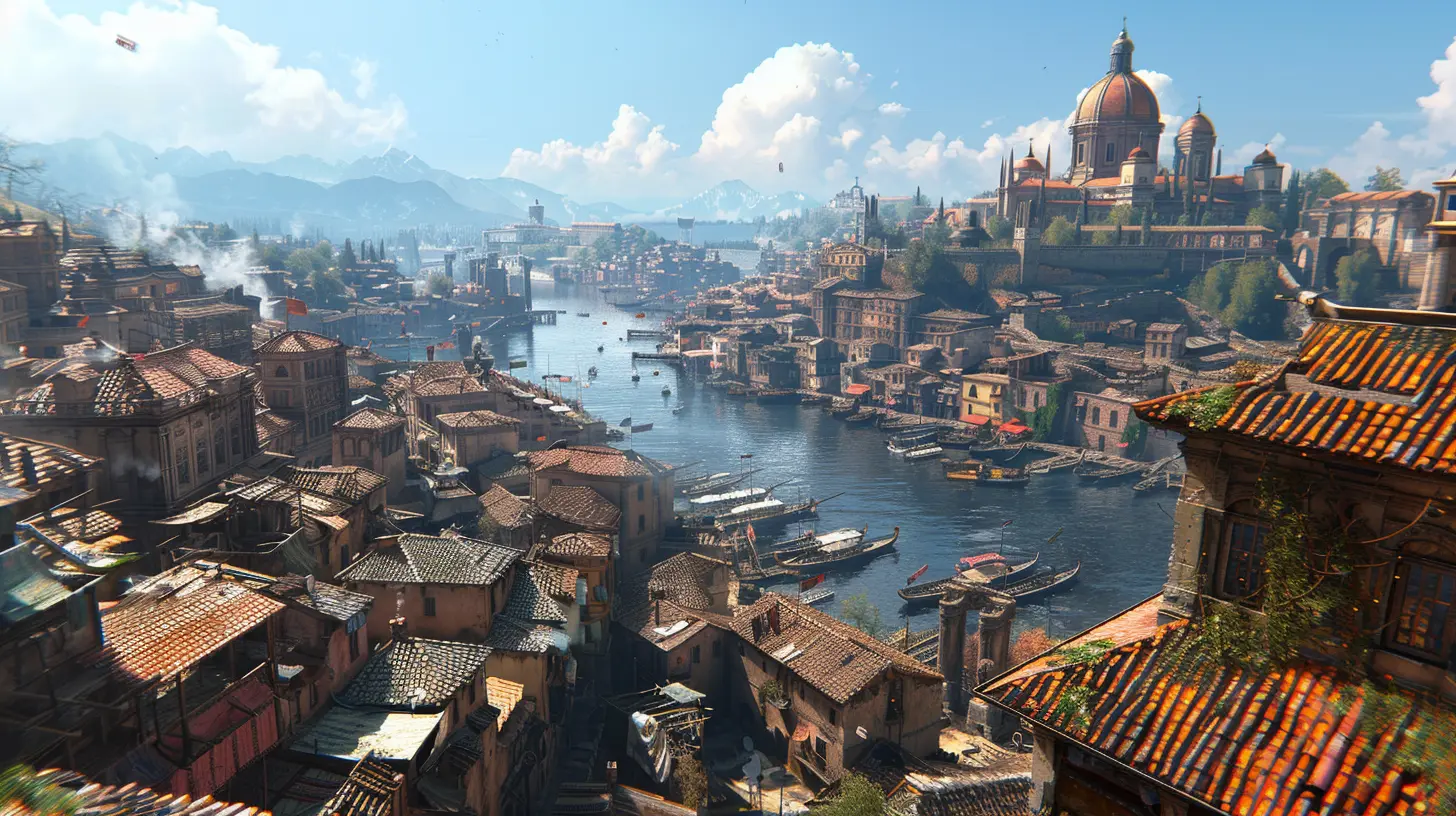
What Is Ray Tracing, Anyway?
Alright, let’s break this down in plain English. Ray tracing is a rendering technique used to simulate how light interacts with objects in a virtual environment. Think of it like this: imagine tracing the path of a single ray of light as it bounces around a room, reflects off surfaces, passes through translucent materials, and casts shadows. That’s what ray tracing is doing—except instead of just one ray, it's calculating millions of them. Yeah, it’s intense.Traditional rendering methods, usually called rasterization, are faster but less accurate. They kind of “fake” the lighting to make things look good enough. Ray tracing, on the other hand, mimics real-life lighting in a much more realistic way. More realism = more immersion.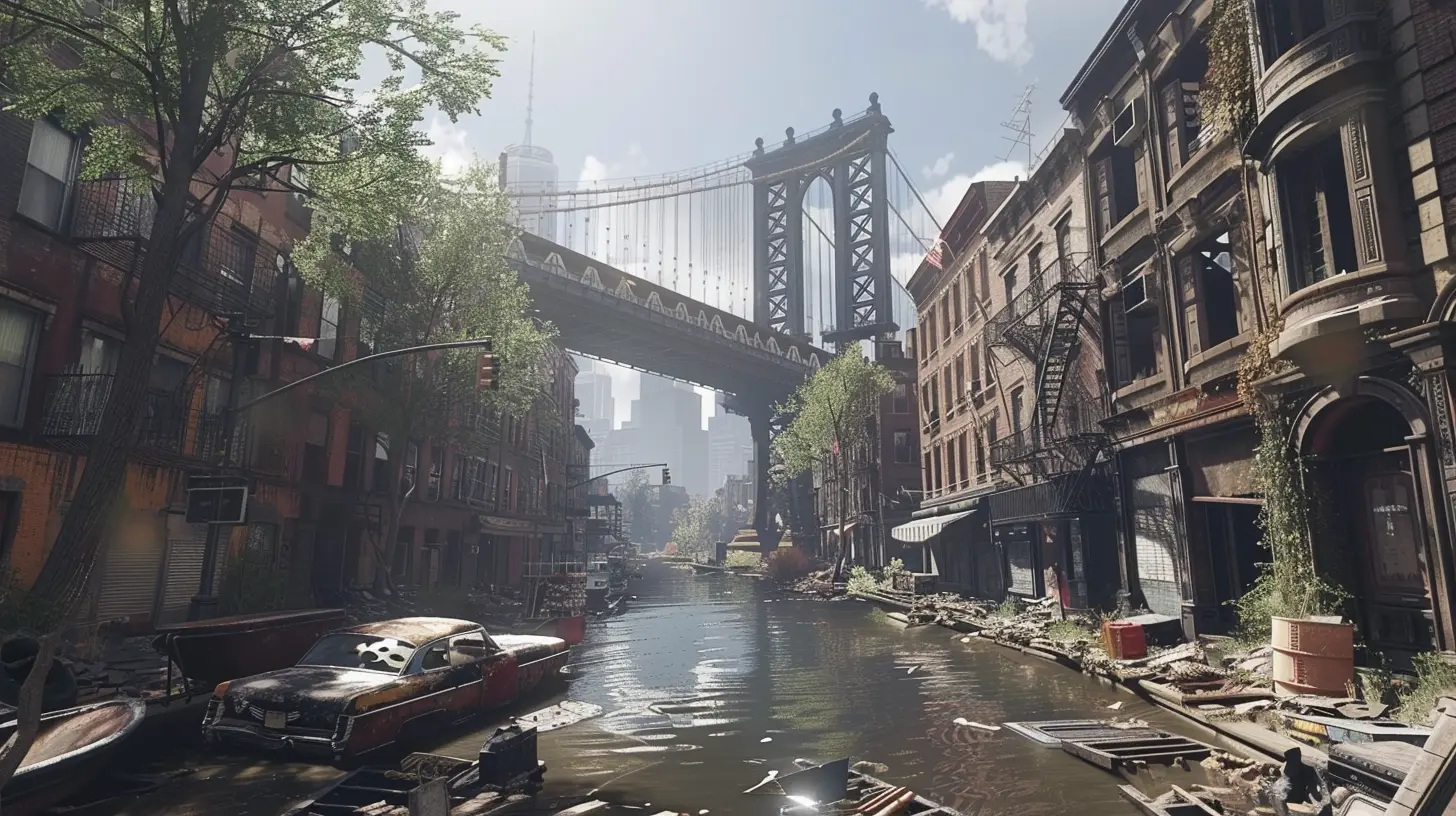
How Ray Tracing Changes the Game—Literally
Here’s where things get interesting. Ray tracing isn’t just some techie term to impress your nerdy cousin. It actually changes the way everything looks in a game. Let’s go through some of the major visual upgrades it brings to the table.1. Realistic Lighting
Lighting is everything. Ever walked into a game world and thought, “Wow, this feels real”? Chances are, ray tracing had something to do with that. Games with ray tracing can replicate how light behaves in different environments—whether it’s the warm glow of a sunset or the cold shimmer of neon lights in a rainy cyberpunk alley.This isn’t just about looking pretty. Light affects mood, visibility, and even gameplay. With ray tracing, environments feel more atmospheric and alive.
2. Dynamic Shadows
Let’s talk shadows. In older games, shadows were kind of...meh. They were either blocky, too sharp, or just completely off. With ray tracing, shadows are a whole different story.You get soft shadows that change based on the position and intensity of the light source. They stretch, bend, and blur naturally—just like in real life. And when a character walks in front of a light? Boom. You see their shadow react in real-time.
3. Reflections That Actually Reflect
Mirror, mirror on the wall, who has the most realistic reflections of them all? Yep, ray tracing does.Before ray tracing, reflections in games were often baked-in or faked using screen space reflections (SSR). They kinda worked, but weren’t accurate. Ray tracing allows objects to reflect realistically on water, glass, shiny floors—you name it. No more seeing reflections of things that aren’t even in the scene.
4. Enhanced Ambient Occlusion
Ambient occlusion sounds fancy, but it’s basically the way light behaves in small cracks and crevices. Without it, scenes can look flat. With ray tracing, shadows fill these little spaces more naturally, giving depth and richness to every frame. It’s those little details that make a world feel organic.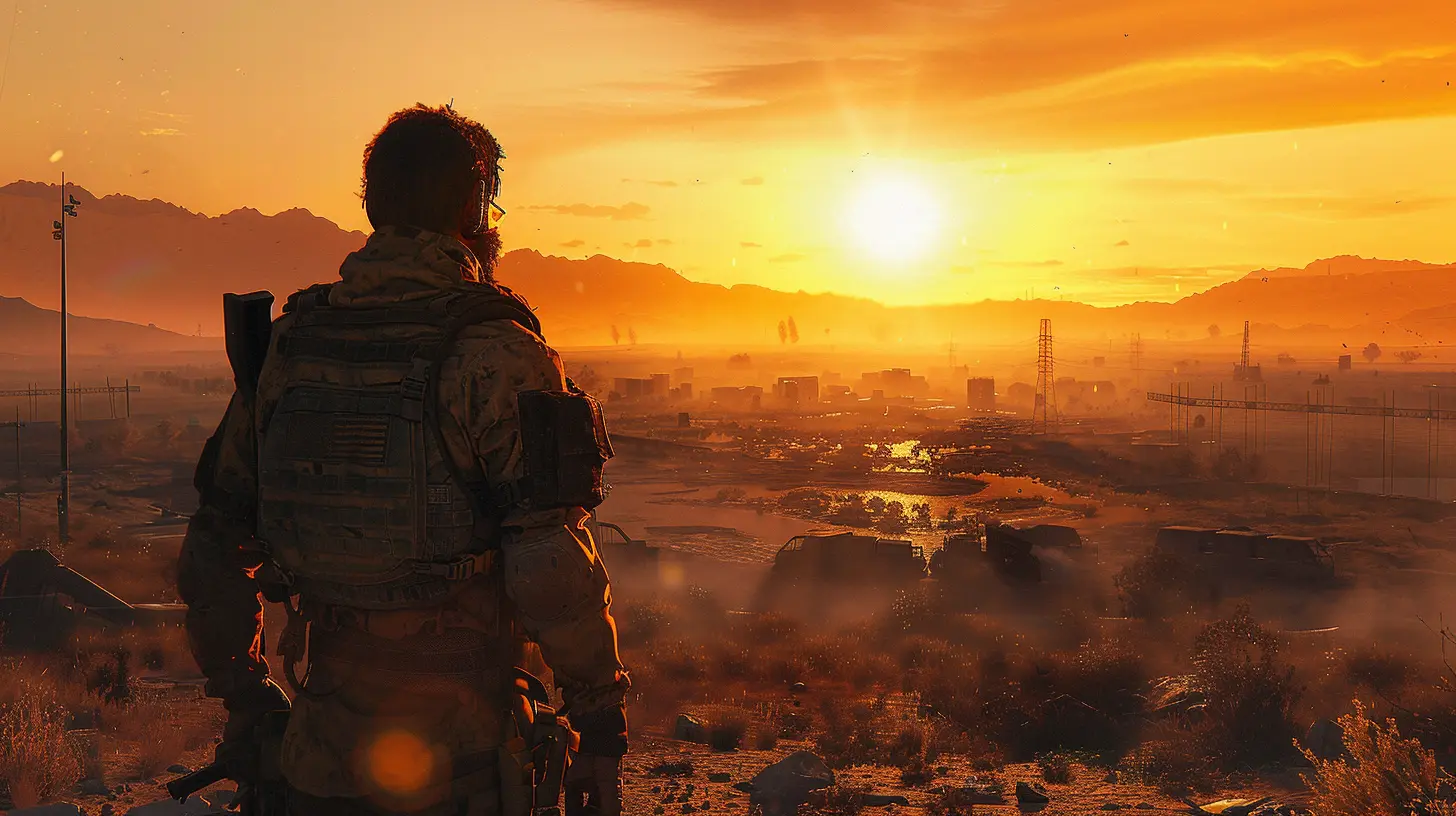
Performance vs. Beauty: The Trade-Off
Okay, real talk—ray tracing is awesome, but it’s also a bit of a performance hog. Rendering all those rays takes a huge amount of computing power. That’s why you need a beefy GPU like an NVIDIA RTX or AMD Radeon RX 6000+ series to really take advantage of it.Many gamers have to choose between enabling ray tracing for better visuals or turning it off for higher frame rates. And yeah, for competitive games like Fortnite or Call of Duty, you’ll probably lean toward performance.
But for single-player, story-driven games where immersion matters? Ray tracing is worth every frame drop.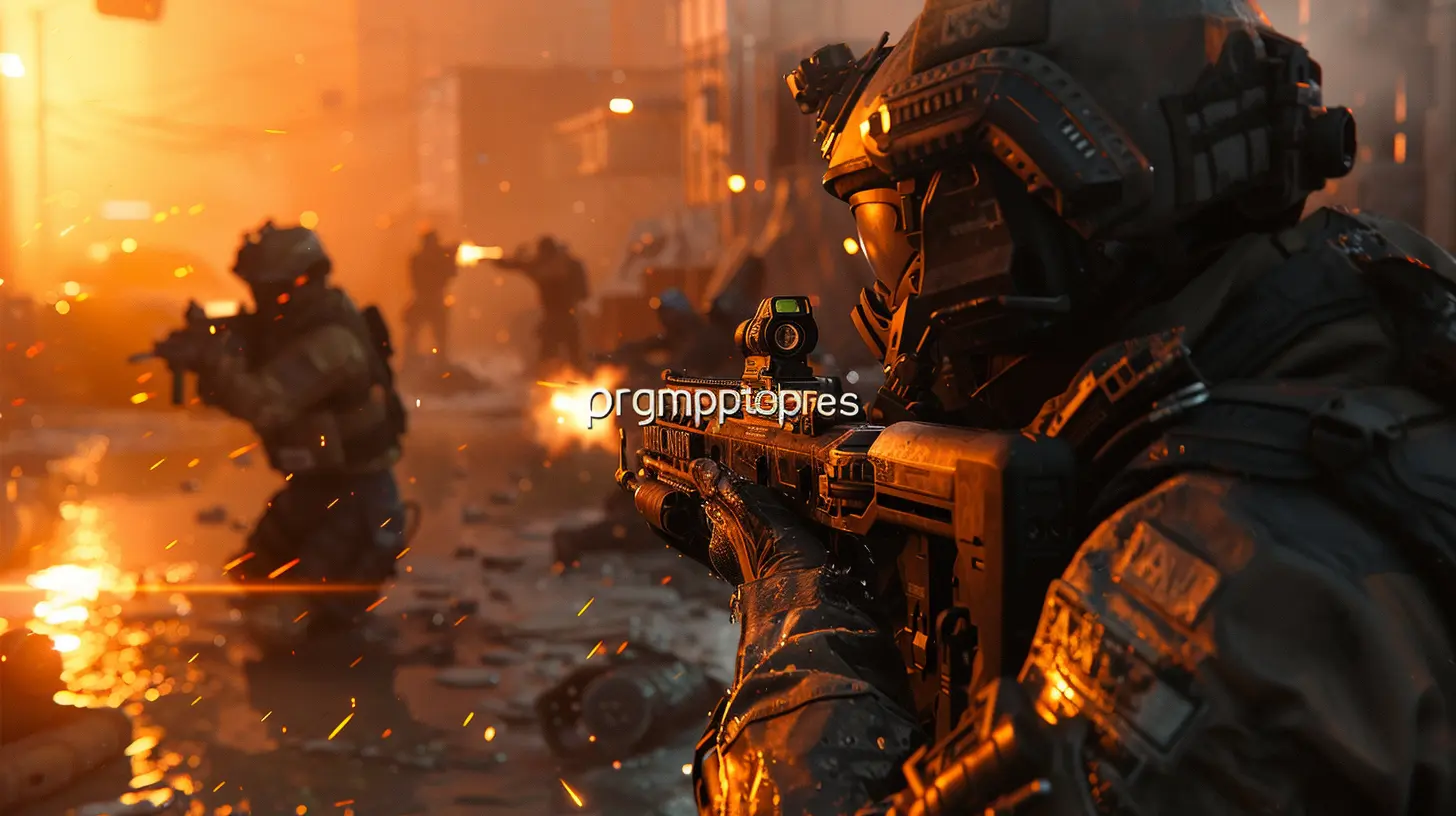
DLSS and FSR to the Rescue
Here’s where tech really comes to the rescue. NVIDIA’s DLSS (Deep Learning Super Sampling) and AMD’s FSR (FidelityFX Super Resolution) are tools that help maintain performance while letting you keep ray tracing enabled.They use AI or spatial upscaling tricks to render at lower resolutions and upscale the image so it still looks sharp. The result? Better frame rates and stunning visuals. It’s kind of like having your cake and eating it too—without the extra calories.
The Games That Show It Best
Not all games use ray tracing equally. Some only use it for shadows, others for full-on lighting overhaul. Here are a few standout titles that really show off the impact of ray tracing:- Cyberpunk 2077 – Often considered the poster child for ray tracing. Neon lights, reflections, and shadows really make Night City pop.
- Control – The Federal Bureau of Control never looked so real. Ray-traced reflections and indirect lighting make the atmosphere unforgettable.
- Minecraft RTX – Yep, blocky ol’ Minecraft got a glow-up. With ray tracing, even cubes can be beautiful.
- Metro Exodus Enhanced Edition – A masterclass in lighting and shadows. Post-apocalyptic never looked so good.
Not Just for Big Studios Anymore
Here’s the cool part—ray tracing is becoming more accessible. As tools like Unreal Engine 5 and Unity continue to support ray tracing out of the box, even indie developers are beginning to dabble in it.That means we’re not far from seeing small-budget games with amazing visuals, thanks to ray tracing. And with next-gen GPUs getting cheaper and faster, more players can experience it first-hand.
Is Ray Tracing the Future of PC Gaming?
Now that’s the million-dollar question. Is ray tracing just a shiny add-on, or is it the next big leap?Honestly, it’s a bit of both. Right now, ray tracing is still in its early days, sort of like how HD TVs were a novelty back in the 2000s. But remember how quickly HD became the standard? We’re on that same trajectory with ray tracing.
As hardware evolves and optimization improves, ray tracing will likely become the default for high-end gaming. And who knows? Maybe one day we’ll look back and wonder how we ever played without it.
Tips for Gamers: Getting the Most Out of Ray Tracing
Wanna try ray tracing without turning your PC into a jet engine? Here are some quick tips:- Use DLSS or FSR: Seriously, don’t sleep on these. They balance performance and quality like magic.
- Tweak Settings: Not all ray tracing options are equal. Start with shadows and reflections, then go from there.
- Keep Drivers Updated: GPU drivers get frequent updates that improve ray tracing performance. Stay current.
- Prioritize Games: Save ray tracing for games where visuals matter most—like open-world RPGs or cinematic adventures.
Final Thoughts: More Than Just Flashy Lighting
At the end of the day, ray tracing isn’t just about fancy effects. It’s about creating worlds that feel alive. It's about emotion, atmosphere, and making you forget you're staring at a digital screen. Sure, it’s not perfect yet, and sure, it can tank your FPS if you’re not careful. But when done right? Man, it’s breathtaking.So whether you’re an ultra-settings junkie or just curious what the buzz is all about, ray tracing deserves your attention. The visual revolution is here—and you don’t wanna miss it.
all images in this post were generated using AI tools
Category:
Pc GamesAuthor:

Avril McDowney
Discussion
rate this article
2 comments
Rose Reese
Ray tracing revolutionizes PC gaming by delivering unparalleled realism through dynamic lighting, shadows, and reflections. This technology not only enhances visual fidelity but also deepens immersion, pushing developers to create richer environments. As hardware evolves, the future of gaming graphics looks incredibly promising for players and creators alike.
June 19, 2025 at 4:28 AM

Avril McDowney
Thank you for your insightful comment! Ray tracing indeed elevates PC gaming visuals, offering an immersive experience that challenges developers to push creative boundaries. Exciting times ahead for both players and creators!
Zinn McVicker
Ray tracing: the lighting revolution that transforms gaming into breathtaking visual art, one ray at a time!
June 18, 2025 at 2:55 PM

Avril McDowney
Thank you! Ray tracing indeed elevates gaming visuals, creating stunning realism and immersive experiences.
